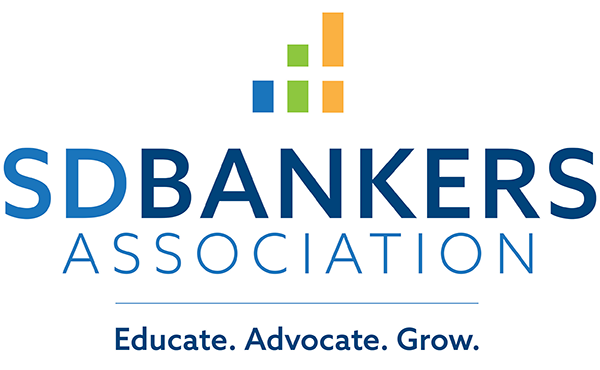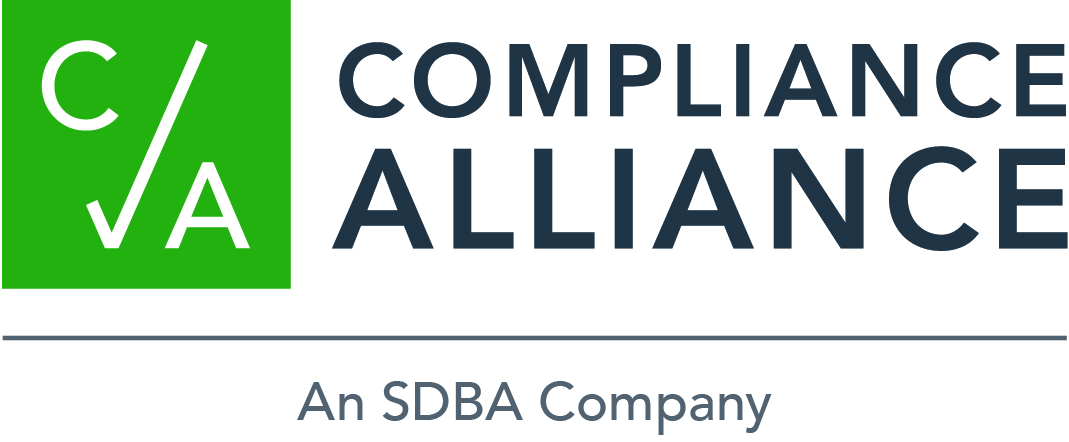- Education & Events
- Advocacy
- Products & Services
- Membership
- Resources
- SDBANKER Magazine
- SDBA eNews
- SDBA eNews Archives
- Legislative Update/Bill Watch
- South Dakota Bank Directory
- Women in Banking
- Scenes of South Dakota Calendar*
- Holiday Signs
- Regulatory Report
- South Dakota Banking Code
- Record Retention Manual
- Advertising & Sponsorship Guide
- COVID-19 Resources
- Mental Health and Crisis Prevention
- About
|
Private Flood Insurance Rule Takes EffectThe financial regulatory agencies’ joint rule on private flood insurance acceptance took effect on Monday, July 1. The rule is the long-awaited implementation of the 2012 Biggert Waters Act provision that requires federally-regulated lending institutions to accept private flood insurance policies that meet certain statutory criteria, in satisfaction of the mandatory purchase requirement. ABA has prepared a staff analysis of the private flood insurance regulations. The six-page paper summarizes and analyzes the provisions of the final rule, including the definition of private flood insurance, the compliance aid, mandatory and discretionary acceptance and acceptance of policies issued by mutual aid societies. A previously recorded webinar on the private flood rule is also available for purchase. For more information, or to join ABA’s flood insurance compliance working group, contact ABA's Diana Banks. Fed Approves Capital Plans for U.S. BanksThe Federal Reserve did not object to the capital plans of 18 large banks participating in the Comprehensive Capital Analysis and Review. The board is requiring one bank to address limited weaknesses identified from the test, but on balance, virtually all firms are now meeting the Fed’s capital planning expectations, the agency said last Thursday. The Fed’s annual CCAR evaluates the capital planning processes and capital adequacy of the largest banks, including their proposed capital actions such as dividend payments, share buybacks and issuances. The agency can object to a plan based on qualitative or quantitative concerns, and it considers factors such as the firm’s projected capital ratio under a hypothetical scenario of severe stress and the strength of the firm’s capital planning process. The results of this year’s CCAR cycle showed that the firms have significantly increased their capital since the first round of tests in 2009. The 18 bank holding companies in this year’s test have increased common equity capital from $300 billion to roughly $800 billion during that time. View the CCAR results.
FDIC to Centralize Large Bank Supervision, Resolution ActivitiesTo take a more holistic approach to its oversight of large and complex banks, the FDIC last Thursday announced that it will bring all of its supervision and resolution activities for the nation’s largest banks under its new Division of Complex Institution Supervision and Resolution, or CISR. The new division—which will operational as of July 21—will be led by Rick Delfin, who currently serves as director of the FDIC’s Office of Complex Financial Institutions. The new division will oversee the FDIC’s supervision and monitoring of banks with more than $100 billion in assets for which the FDIC is not the primary regulator, as well as planning for and executing the FDIC’s resolution mandates for these institutions. Read more. FHFA Publishes Replacement Index for Mortgage RatesIn response to advocacy by ABA, the Federal Housing Finance Agency has published new data that banks may use in place of its Monthly Interest Rate Survey, which many lenders had used to benchmark interest rates on various mortgage products. FHFA ceased publication of that index in May. The new data is derived from Freddie Mac’s 30-year FRM Primary Mortgage Market Survey, with adjustments made by FHFA. The agency will continue publishing this replacement index, called “PMMS+,” for the foreseeable future on the final Thursday of each month. The agency is expected to articulate its adjustment methodology in a forthcoming notice in the Federal Register. Read more. CFPB Updates Compliance Guide for Payday RuleThe Consumer Financial Protection Bureau last Friday updated the small entity compliance guide for its 2017 final rule governing short-term, small-dollar loans. The updated guide reflects the recent finalization of a delay in the compliance date for the mandatory underwriting provisions in the 2017 rule. The Bureau has proposed to rescind those underwriting provisions, while leaving in place the 2017 rule’s payment provisions. Although the Bureau has not delayed the compliance date for the payment provisions, those provisions are also currently stayed as a result of a federal district judge’s order in litigation brought by two payday lender trade associations. Nonetheless, bankers are encouraged to come into compliance with the payment provisions in the 2017 rule by the Aug. 19, 2019, compliance date stated in that rule. Read the guide. For more information, contact ABA's Jonathan Thessin. Podcast: Bankers and the Founding of the United StatesTo mark Independence Day this week, this bonus episode of the ABA Banking Journal explores the role of banking and finance in the American Revolution and the founding era. This week’s guest, John Steele Gordon, is an acclaimed economic historian whose books include Hamilton’s Blessing, The Great Game and An Empire of Wealth; he is also the ABA Banking Journal’s “From the Vault” columnist. In this episode, Gordon discusses:
Community Commitment Award Application Deadline July 19Applications are being accepted for the 2019 ABA Foundation Community Commitment Awards, which recognize and promote the many ways banks contribute to economic growth, community development and overall well-being. Open to banks of all asset sizes and charters, the awards celebrate financial institutions that have demonstrated noteworthy corporate social responsibility. Entries are due by July 19. Bankers can submit applications in one or all eight categories: affordable housing, community and economic development, economic inclusion, financial education, protecting older Americans, supporting military families, volunteerism and the George Bailey Award, which recognizes a non-CEO employee who demonstrates an outstanding commitment to community service. The awards will be judged by a panel of experts in each field. Winners will be honored in a ceremony during ABA’s Annual Convention in Seattle on Oct. 27-29. While the awards are open to banks of all asset classes, institutions will be judged against their peers. Apply now CFPB Extends Comment Period on HMDA Data PointsThe CFPB last Thursday announced that it will extend the comment period for feedback on the Home Mortgage Disclosure Act data collection and reporting requirements. Comments will now be due Oct. 15, 2019. Read more. |




